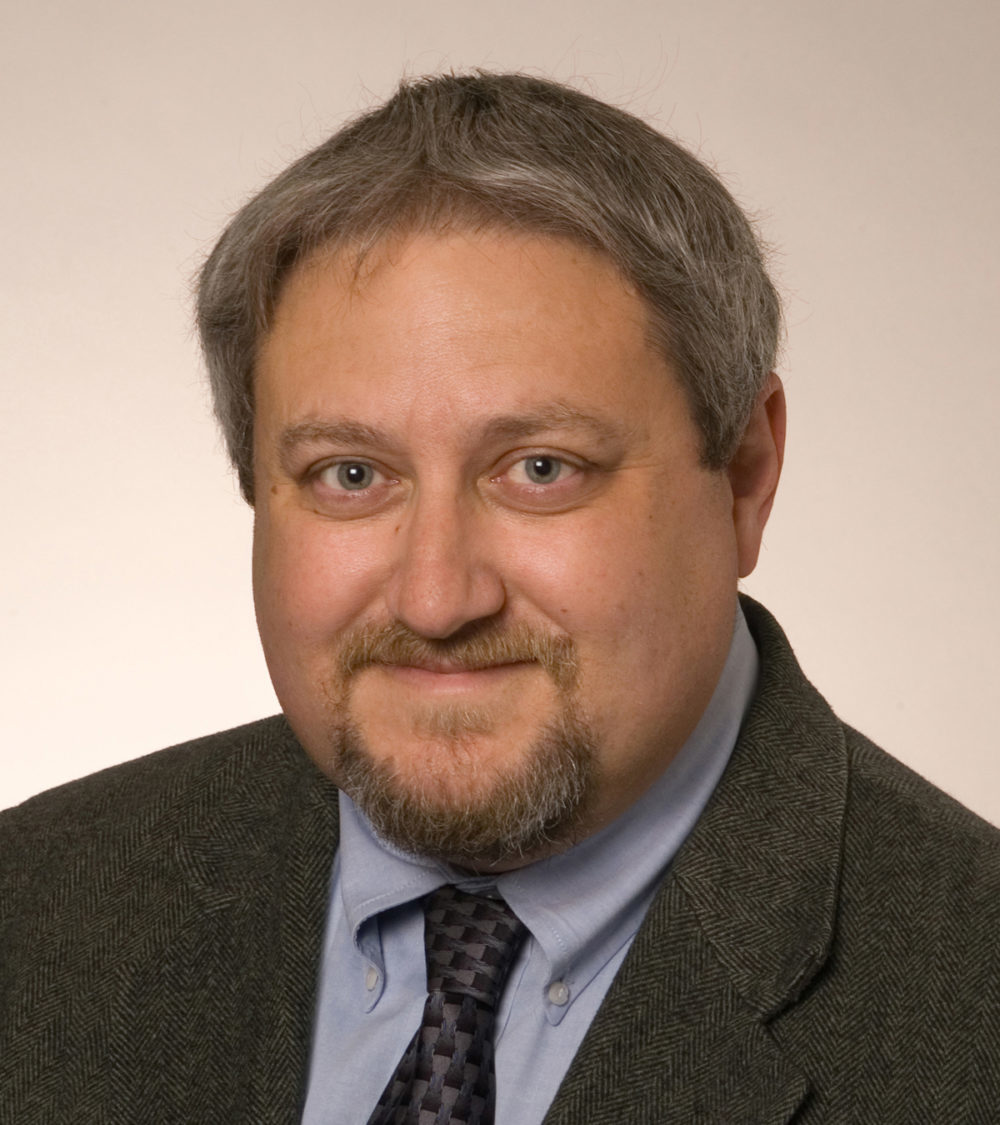Or listen on your favorite podcast app
Apple Podcasts / Google Podcasts / Spotify
—
Bill Goldstein has always been attracted to a challenge. From his days in high school striving to understand theoretical physics problems, to his current work as the director of the Lawrence Livermore National Laboratory (LLNL), Bill is a magnet for tough problems.
But the problems that he faces at LLNL today aren’t just theoretical. They are very real and account for the safety of the nation and of the world. See, LLNL isn’t just any old testing lab; LLNL is responsible for securing and maintaining the U.S.’s nuclear arsenal.
The most pressing challenge Bill and LLNL face today is maintaining the safety and utility of the nuclear stockpile. But there’s a catch. They can’t ever actually touch or test the weapons.
“These are tremendously complicated devices. They are evolving continually over time. They have radioactive materials in them. They have chemically active materials in them. They are changing every day. They’ve been aging since 1992. And the challenge of being able to ensure that they remain safe and reliable is what drives a great deal of the science at the laboratory, including our need for ever-increasing power of computing without being able to do the tests in real life. It’s essential that we need to be able to simulate the behavior of nuclear weapons with the highest possible fidelity and the most accurate possible physics and chemistry. And we need bigger computers than we have today in order to do that.”
So how do you determine if something is safe and secure without tests? You collect data and use computer simulations to predict the state of the devices. Not exactly the most foolproof plan back in the 90s, but as technology has advanced, so have Bill and LLNL’s simulations. With the stockpile secure, LLNL’s mission has become much broader: to apply cutting edge science and technology to enhance national and international security.
On this episode, Chad and Bill discuss some of these other areas of focus at the lab, and dive deep into how data and computer modeling is helping solve some of the massive challenges facing humanity today.
Quotes from Bill:
“Science generally is what I feel committed to. Advancing science and making it work for humanity is what gets me up in the morning.”
“One of the most important questions that gets asked about any kind of incident involving a nuclear, chemical, or biological weapon is, ‘what was it and who did it’? They are forensics questions. They involve nuclear forensics, chemical forensics and biological forensics. And we work across all of those fields.”
“I’ve heard that also, that ideas themselves are worthless, that innovation is what’s important and that’s ideas leading to value. That’s all fine, but you can’t have any of that without ideas. So what I encourage the laboratory to do is to bring forward ideas… Frankly, we have to take the long view, right? The threats we face are going to be here for a long time. They’re going to evolve and there are going to be new ones. We’re going to need new ideas in order to face them. And the scale on which those ideas are going to bear fruit can be two years, but it can also be 20 years or 30 years.”
“When I talk to people about coming to the lab, it’s about both the opportunity to work in an environment that is intellectually stimulating and in one that encourages new ideas. In addition to that, to be able to see those ideas have a real impact in the real world. And to have the opportunity to see that happen, I think those go hand in hand, and they’re both part of the value proposition for our place.”
Mentions:
University of California, San Francisco



